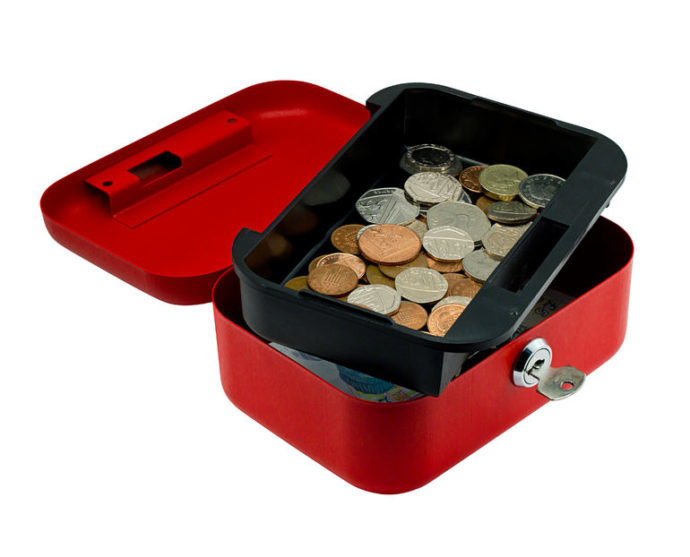
How to protect your business from petty cash fraud
Amongst all the stresses and strains of managing a business, keeping track of who bought the office milk is likely to feature bottom of most priority lists.
It’s one of those everyday office costs that’s handled by a petty cash system. Usually, this is a cash box full of small change, scrunched-up receipts, and handwritten IOU notes.
It’s the seemingly trivial nature of petty cash that makes it such a potentially hazardous area of company finances.
Petty cash is the least managed and monitored form of expenses. The lack of top-down monitoring or centralised controls allows errors and fraud to go undetected.
Petty cash system failures
Most companies manage their petty cash fund with the imprest system. In this, a float of money is allocated to an office to cover any small everyday costs. An employee is chosen to act as the ‘curator’ and keep track of costs, as well as to request a top-up whenever the float falls below a certain level.
A petty cash system is designed to work outside of the main accounting process. It's intended to provide the speed and flexibility required to handle day-to-day spending of a small amount of cash.
It’s likely that a finance team will only check petty cash whenever a request is made to top up the fund. Often, these checks are cursory, owing to the lack of detailed information available.
With the whole process relying on paperwork and manually transferring information onto spreadsheets, it’s a slow, error-prone, and inefficient way to operate.
It also places a great deal of responsibility into the hands of curators who often have little or no accountancy training. Over time, petty cash setups have a tendency to become chaotic and out-of-control with curators unable to balance costs.
It creates an area of business costs that finance teams are unable to effectively manage. It’s not only the cause of losses but also heightens compliance risks when dealing with the Australian Taxation Office (ATO).
Digital cash control
To safeguard against these structural problems, more businesses are switching from traditional petty cash set-ups to faster and more secure digital alternatives.
A system such as Webexpenses allows petty cash to be fully integrated into the main expense system. This provides exactly the same level of monitoring, control, checks and balances.
It does this by providing a virtual version of the float, giving the finance team instant access to accurate data on the petty cash box. By making the process digital, it allows real-time management tools to be used.
Claimants can convert receipts into a digital form using a smartphone app. Policy reminders can also be delivered to them via automated on-screen messages at point-of-entry.
Finance teams also have the option to set up alerts which are triggered whenever a petty cash related cost breaches a predefined limit. It allows issues to be identified immediately and tackled appropriately.
Another advantage of a digital system is that it’s able to grow and change along with a business. A system such as Webexpenses is equally effective when used to handle the simple needs of a small business or the complexities of global operations.
Find out how Webexpenses can help your business with a smarter way to take control of petty cash costs by requesting a free demo.

